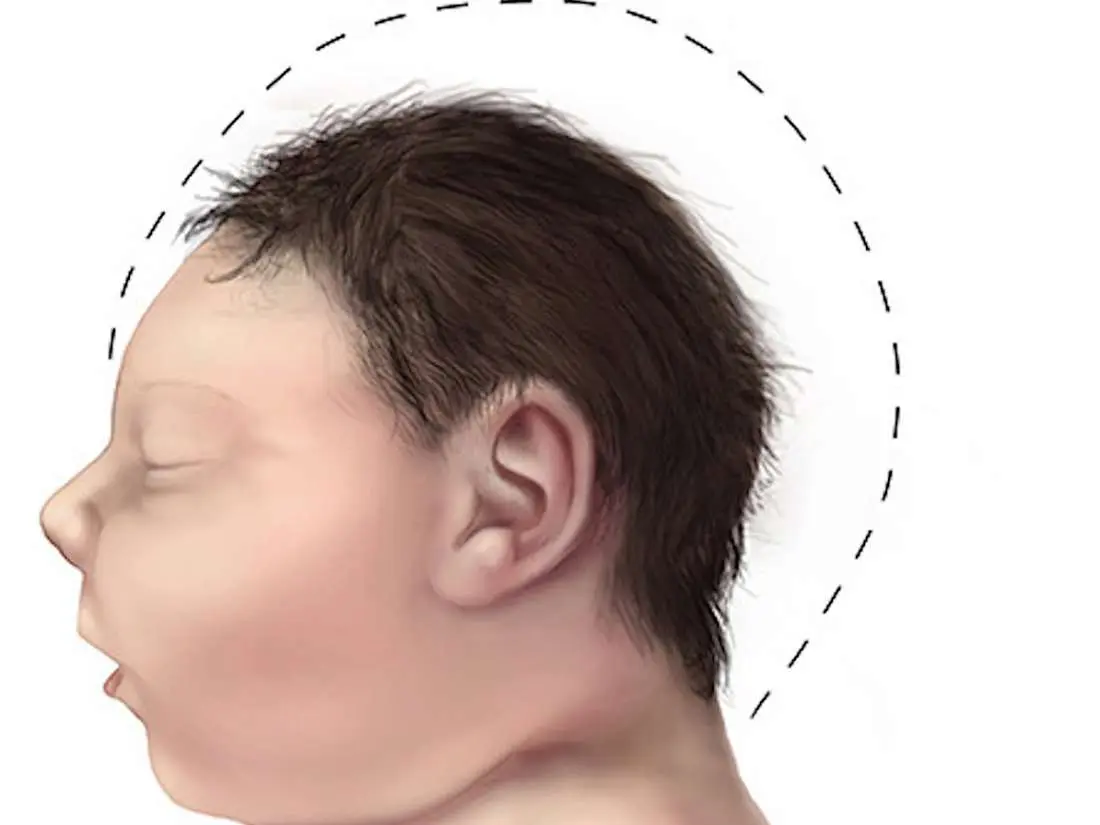Can Microcephaly be Cured?
No
Management focuses on providing supportive care, addressing associated conditions, and maximizing developmental potential; outcomes depend on the severity of microcephaly and the effectiveness of interventions

What is Microcephaly?
Microcephaly is a condition where the head is smaller than expected for an infant’s age and sex. Management involves supportive care and addressing associated developmental concerns.

Clinical Aspects

Characteristics
Neurodevelopmental disorder characterized by an abnormally small head and underdeveloped brain

Symptoms
Small head size, intellectual disability, developmental delays, seizures

Diagnosis
Clinical examination, imaging studies

Prognosis
Variable; depends on the underlying cause and severity

Complications
Developmental challenges, complications of untreated microcephaly
Etiology and Treatment

Causes
Genetic mutations, prenatal exposure to infections (Zika virus, rubella), certain medications, maternal malnutrition

Treatments
Supportive care, early intervention programs, treatment of associated conditions

Prevention
Supportive care, early intervention programs, treatment of associated conditions
Public Health and Patient Perspectives

Epidemiology
Abnormally small head size

Patient Perspectives
Early intervention and supportive care are crucial for better outcomes
This information aims to provide a general understanding of the subject matter, but individual circumstances can vary significantly. Please remember to consult with healthcare professionals for personalized advice and guidance.
Share: